Announcing the Authorized Partner Service Delivery Track for Cloudflare One

This post is also available in 简体中文, 日本語, Deutsch, Français, Español.
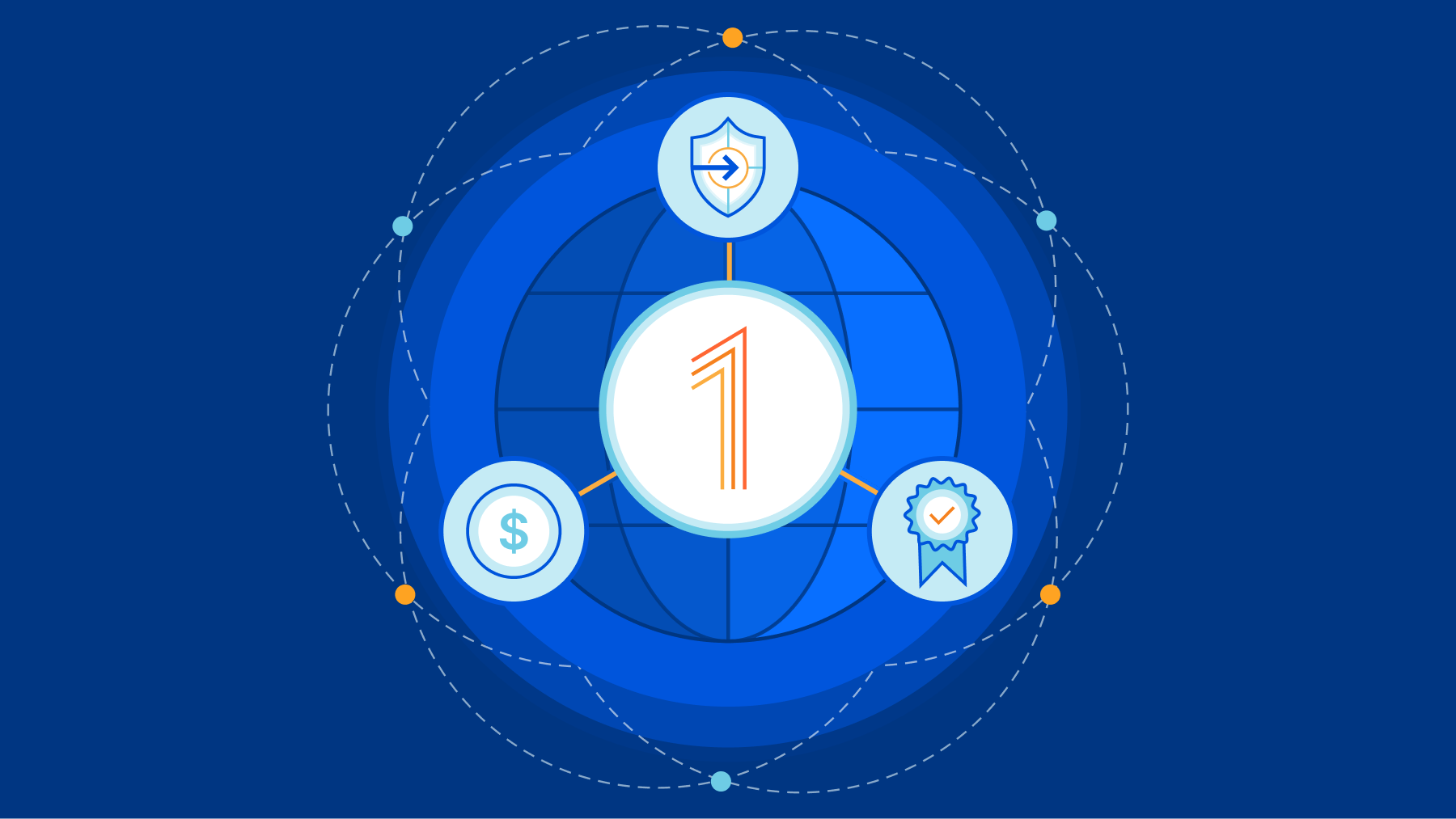
In this Sunday’s Welcome to CIO Week blog, we talked about the value for CIOs in finding partners for long term digital transformation initiatives. As the adage goes, “If you want to go fast, go alone, if you want to go far, go together.”
As Cloudflare has expanded into new customer segments and emerging market categories like SASE and Zero Trust, we too have increasingly focused on expanding our relationship with go-to-market partners (e.g. service providers, implementation / consulting firms, system integrators, and more). Because security and network transformation can feel inherently daunting, customers often need strategic advice and practical support when implementing Cloudflare One – our SASE platform of Zero Trust security and networking services. These partners play a pivotal role in easing customer adoption by helping them assess, implement, and manage our services.
This blog is primarily intended for prospective and current Cloudflare go-to-market channel partners and highlights how we have grown our partnership program over the past year and will continue to, going forward.
Cloudflare One: fastest growing portfolio among Cloudflare partners
Over the past year, adoption of Cloudflare Continue reading
Preview any Cloudflare product today
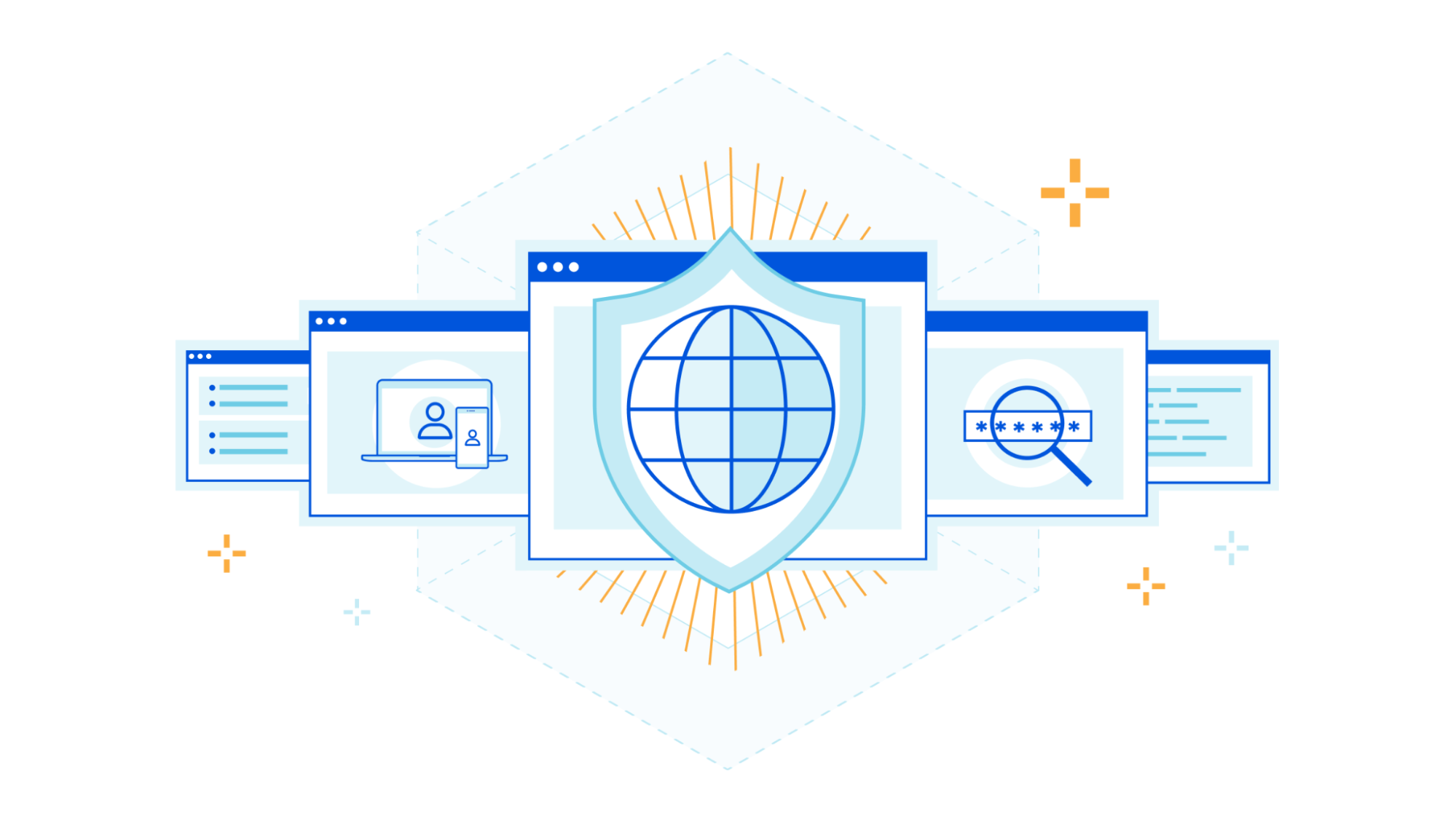
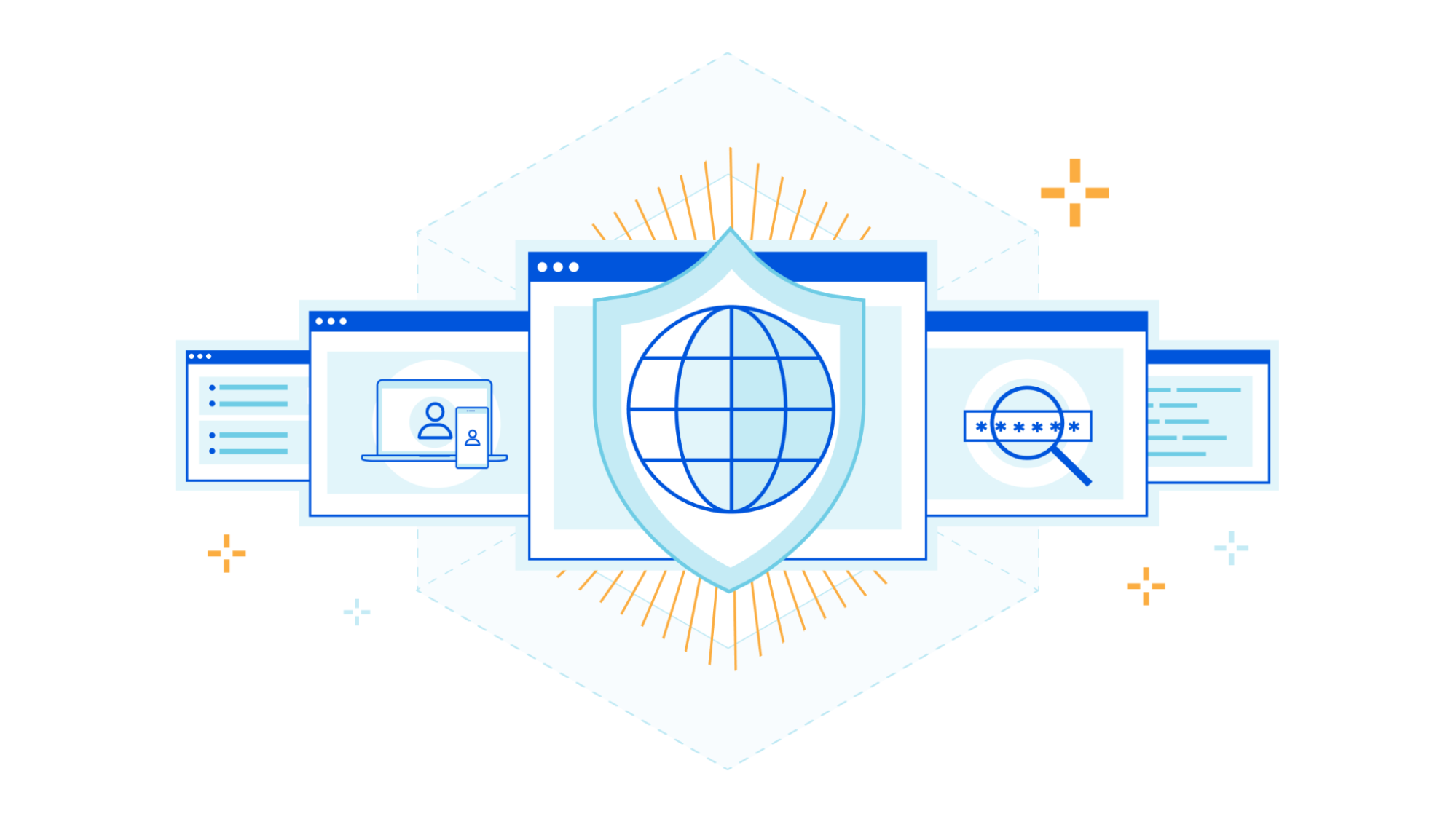
With Cloudflare’s pace of innovation, customers want to be able to see how our products work and sooner to address their needs without having to contact someone. Now they can, without any commitments or limits on monetary value and usage caps.
Ready to get started? Here’s how it works.
For any product* that is currently not part of an enterprise contract, users with administrative access will have the ability to enable the product on the Cloudflare dashboard. With a single click of a button, they can start configuring any required features within seconds.

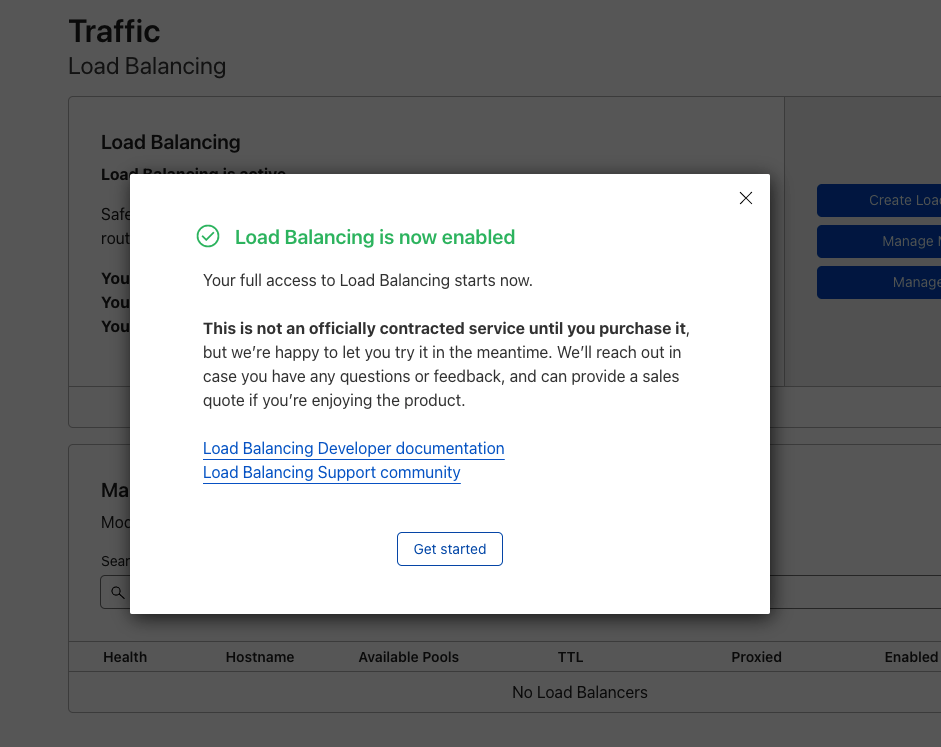
You have access to resources that can help you get started as well as the ongoing support of your sales team. You will be otherwise left to enjoy the product and our team members will be in contact after about 2 weeks. We always look to collect feedback and can also discuss how to have it added to your contract. If more time is needed in the evaluation phase, no problem. If it is decided that it is not a right product fit, we will offboard the product without any penalties.
We are working on offering more and more self-service capabilities that traditionally have not been offered Continue reading
Announcing Custom DLP profiles

Introduction

Where does sensitive data live? Who has access to that data? How do I know if that data has been improperly shared or leaked? These questions keep many IT and security administrators up at night. The goal of data loss prevention (DLP) is to give administrators the desired visibility and control over their sensitive data.
We shipped the general availability of DLP in September 2022, offering Cloudflare One customers better protection of their sensitive data. With DLP, customers can identify sensitive data in their corporate traffic, evaluate the intended destination of the data, and then allow or block it accordingly -- with details logged as permitted by your privacy and sovereignty requirements. We began by offering customers predefined detections for identifier numbers (e.g. Social Security #s) and financial information (e.g. credit card #s). Since then, nearly every customer has asked:
“When can I build my own detections?”
Most organizations care about credit card numbers, which use standard patterns that are easily detectable. But the data patterns of intellectual property or trade secrets vary widely between industries and companies, so customers need a way to detect the loss of their unique data. This can include internal project Continue reading
Cloudflare protection for all your cardinal directions
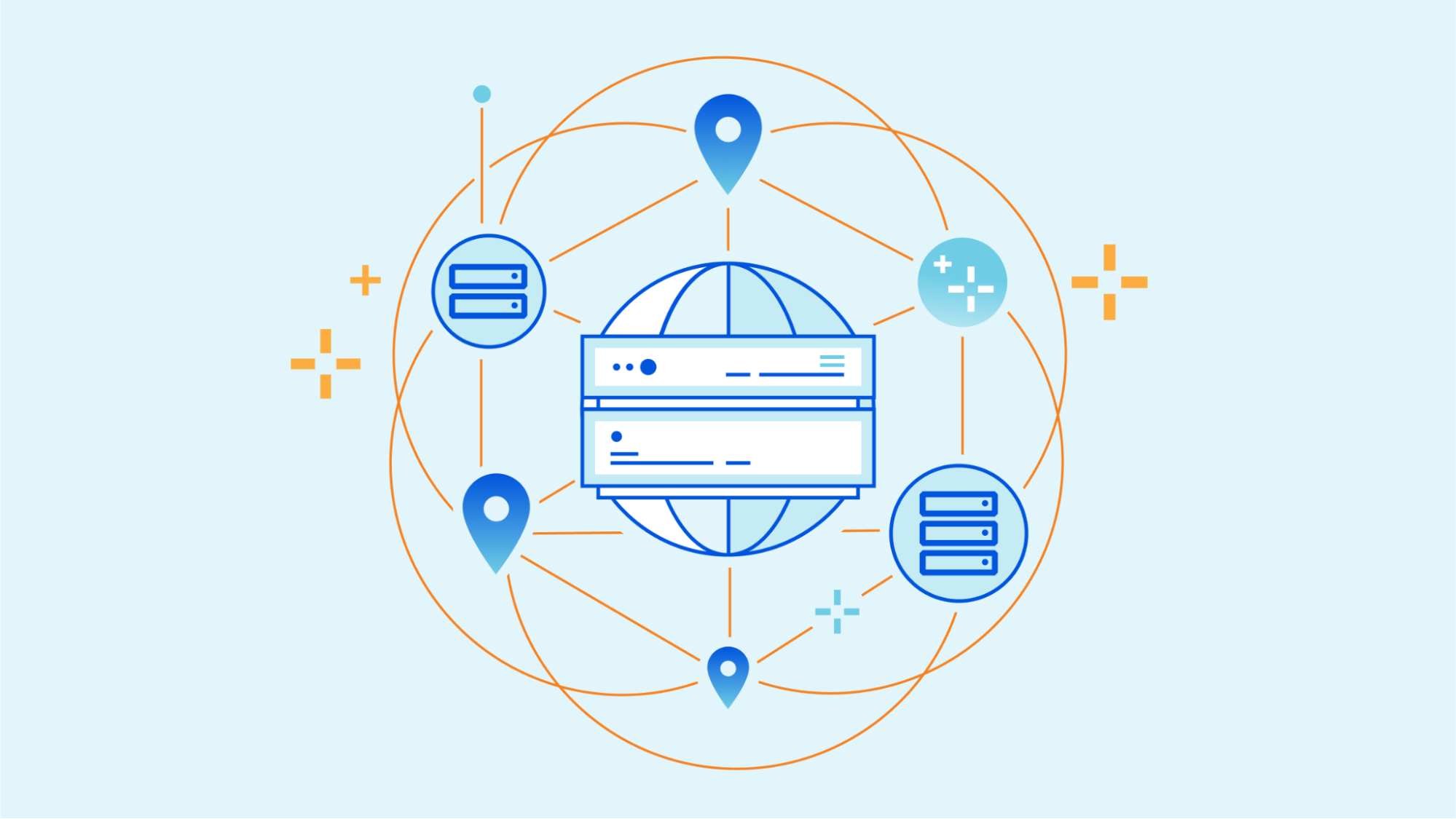
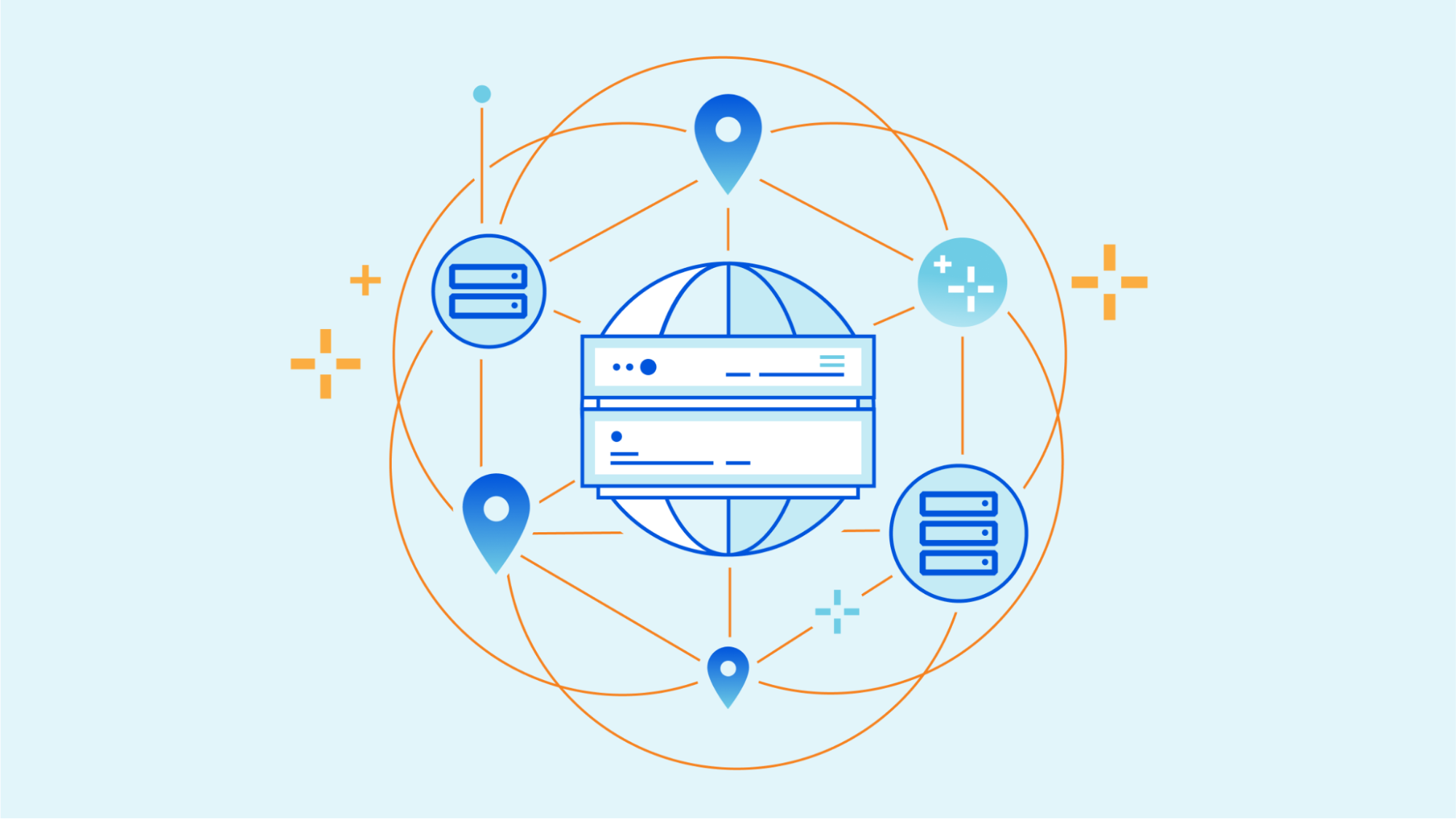
As the Internet becomes the new corporate network, traditional definitions within corporate networking are becoming blurry. Concepts of the corporate WAN, “north/south” and “east/west” traffic, and private versus public application access dissolve and shift their meaning as applications shift outside corporate data center walls and users can access them from anywhere. And security requirements for all of this traffic have become more stringent as new attack vectors continue to emerge.
The good news: Cloudflare’s got you covered! In this post, we’ll recap how definitions of corporate network traffic have shifted and how Cloudflare One provides protection for all traffic flows, regardless of source or destination.
North, south, east, and west traffic
In the traditional perimeter security model, IT and network teams defined a “trusted” private network made up of the LANs at corporate locations, and the WAN connecting them. Network architects described traffic flowing between the trusted network and another, untrusted one as “north/south,” because those traffic flows are typically depicted spatially on network diagrams like the one below.
Connected north/south networks could be private, such as one belonging to a partner company, or public like the Internet. Security teams made sure all north/south traffic flowed through one or Continue reading
Why do CIOs choose Cloudflare One?
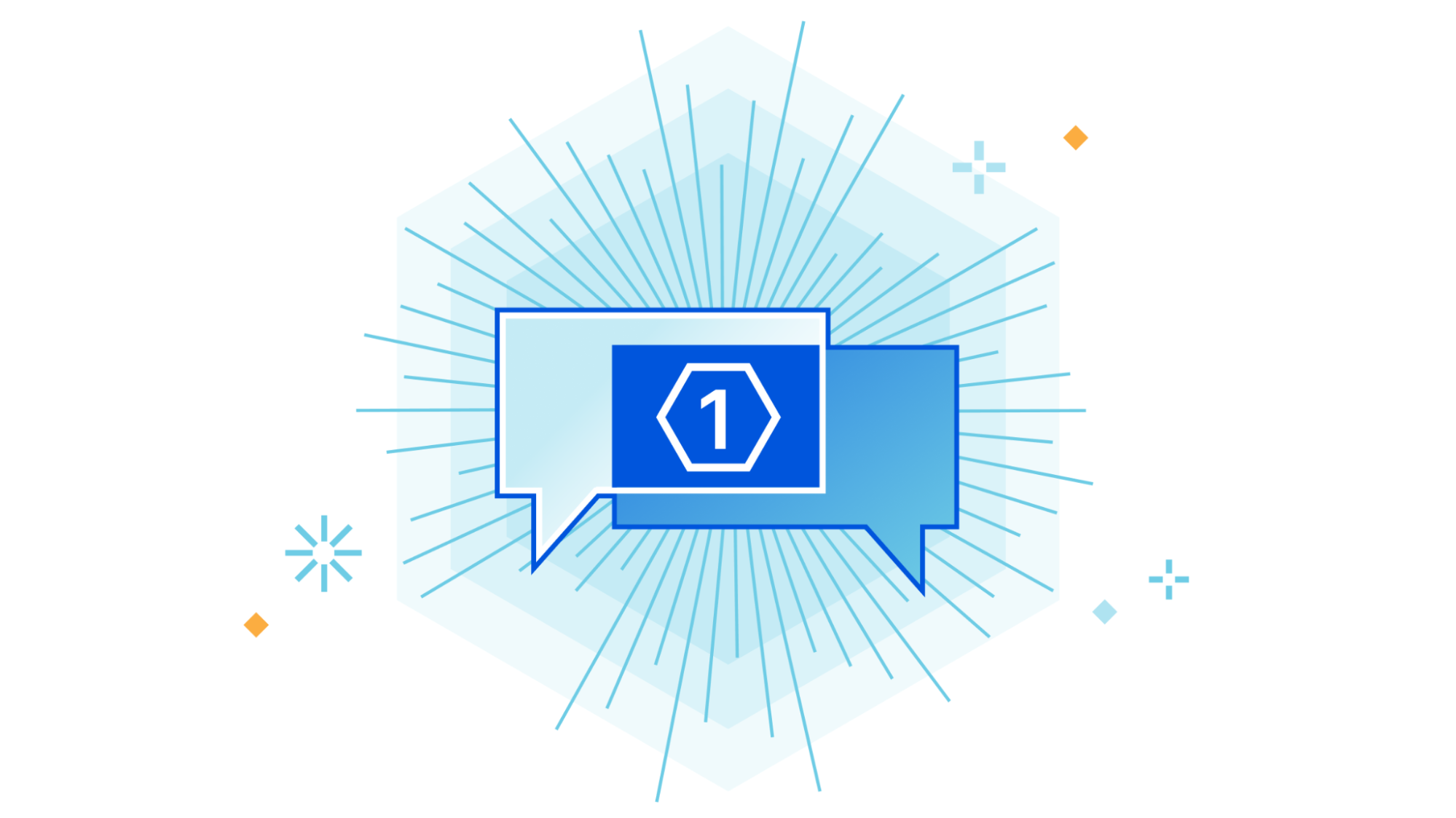

Cloudflare’s first customers sought us out as the “Web Application Firewall vendor” or their DDoS-mitigating Content Delivery Network. We earned their trust by solving their problems in those categories and dozens of others. Today, over 100,000 customers now rely on Cloudflare to secure and deliver their Internet properties.
However, our conversations with CIOs evolved over the last few years. The discussions stopped centering around a specific product. CIOs, and CSOs too, approached us with the challenge of managing connectivity and security for their entire enterprise. Whether they described their goals as Zero Trust or Secure Access Service Edge (SASE), their existing appliances and point solutions could no longer keep up. So we built Cloudflare One to help them.
Today, over 10,000 organizations trust Cloudflare One to connect and secure their users, devices, applications, and data. As part of CIO Week, we spoke with the leaders of some of our largest customers to better understand why they selected Cloudflare.
The feedback centered around six themes:
- Cloudflare One delivers more complete security.
- Cloudflare One makes your team faster.
- Cloudflare One is easier to manage.
- Cloudflare One products work better together.
- Cloudflare One is the most cost-efficient comprehensive SASE offering.
- Cloudflare can be Continue reading
Network detection and settings profiles for the Cloudflare One agent


Teams can connect users, devices, and entire networks to Cloudflare One through several flexible on-ramps. Those on-ramps include traditional connectivity options like GRE or IPsec tunnels, our Cloudflare Tunnel technology, and our Cloudflare One device agent.
Each of these on-ramps send nearly all traffic to Cloudflare’s network where we can filter security threats with products like our Secure Web Gateway and Data Loss Prevention service. In other cases, the destination is an internal resource deployed in Cloudflare’s Zero Trust private network.
However, sometimes users want traffic to stay local. If a user is sitting within a few meters of their printer, they might prefer to connect through their local network instead of adding a hop through Cloudflare. They could configure Cloudflare to always ignore traffic bound for the printer, keeping it local, but when they leave the office they still need to use Cloudflare’s network to reach that printer remotely.
Solving this use case and others like it previously required manual changes from an administrator every time a user moved. An administrator would need to tell Cloudflare’s agent to include traffic sometimes and, in other situations, ignore it. This does not scale.
Starting today, any team using Cloudflare One has Continue reading
Announcing the Magic WAN Connector: the easiest on-ramp to your next generation network

This post is also available in 简体中文.

Cloudflare One enables organizations to modernize their corporate networks by connecting any traffic source or destination and layering Zero Trust security policies on top, saving cost and complexity for IT teams and delivering a better experience for users. Today, we’re excited to make it even easier for you to get connected with the Magic WAN Connector: a lightweight software package you can install in any physical or cloud network to automatically connect, steer, and shape any IP traffic.
You can install the Magic WAN Connector on physical or virtual hardware you already have, or purchase it pre-installed on a Cloudflare-certified device. It ensures the best possible connectivity to the closest Cloudflare network location, where we’ll apply security controls and send traffic on an optimized route to its destination. Embracing SASE has never been simpler.
Solving today’s problems and setting up for tomorrow
Over the past few years, we’ve had the opportunity to learn from IT teams about how their corporate networks have evolved and the challenges they’re facing today. Most organizations describe a starting point of private connectivity and “castle and moat” security controls: a corporate WAN composed of point-to-point and MPLS circuits Continue reading
New ways to troubleshoot Cloudflare Access ‘blocked’ messages
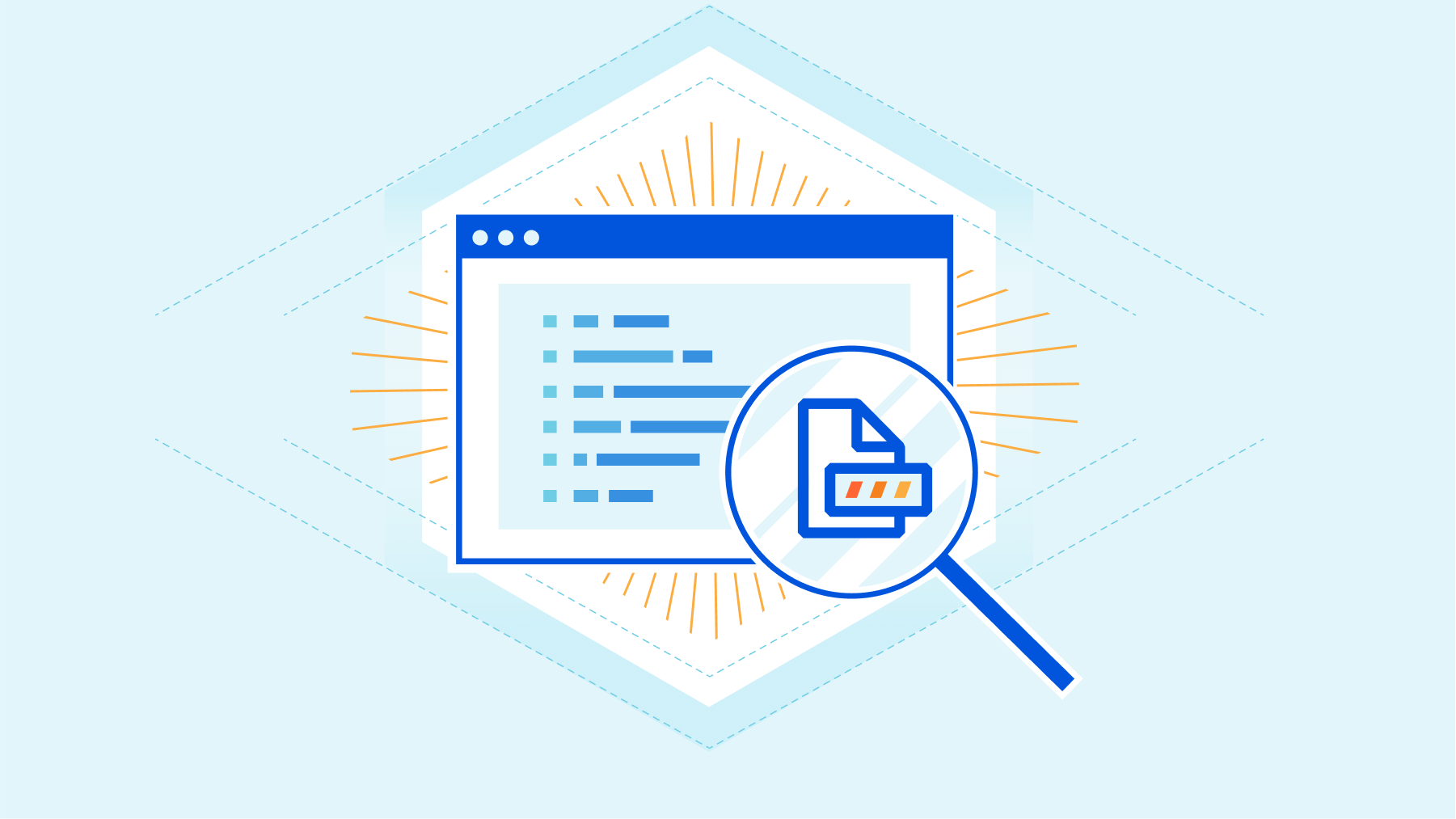
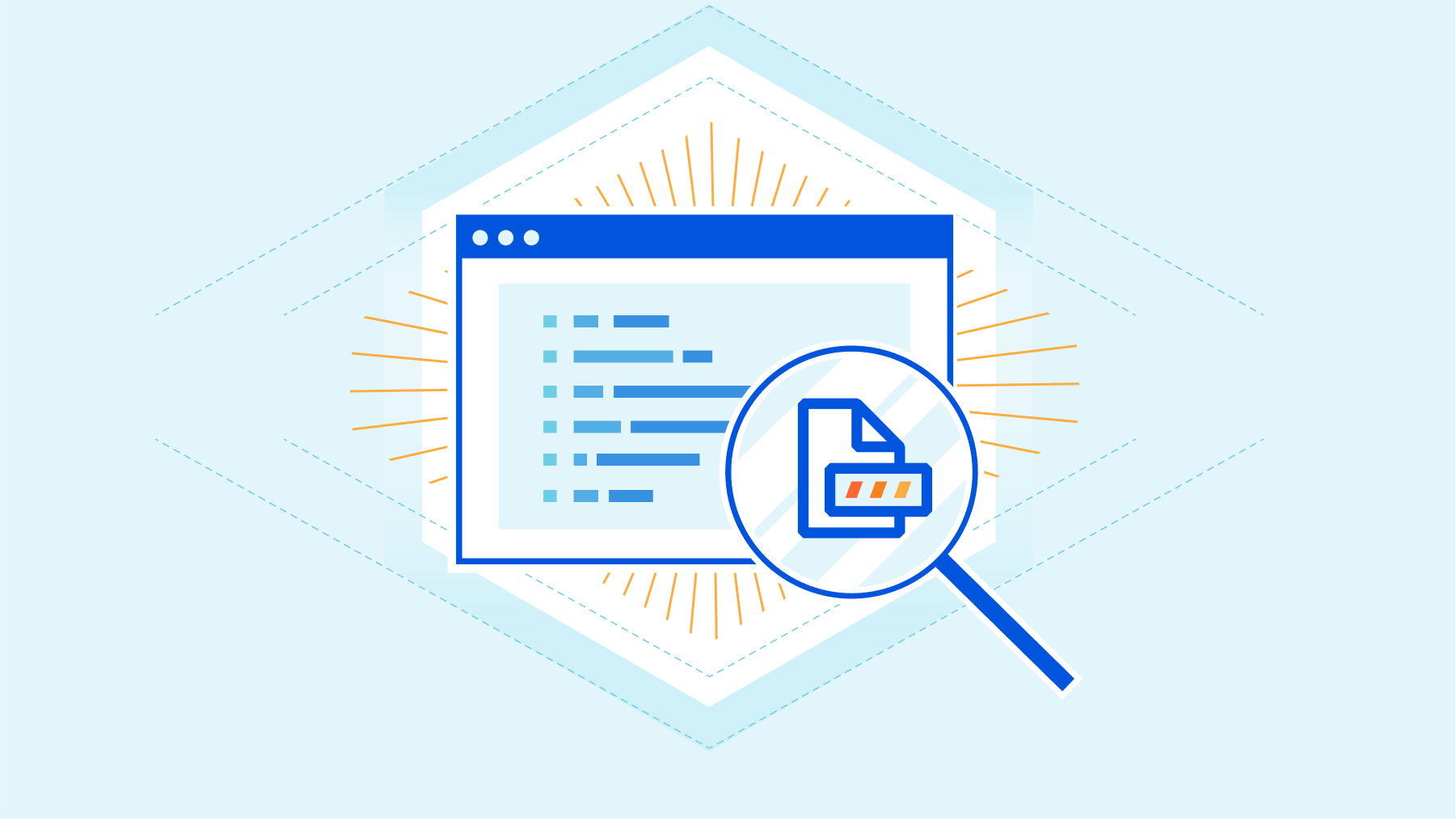
Cloudflare Access is the industry’s easiest Zero Trust access control solution to deploy and maintain. Users can connect via Access to reach the resources and applications that power your team, all while Cloudflare’s network enforces least privilege rules and accelerates their connectivity.
Enforcing least privilege rules can lead to accidental blocks for legitimate users. Over the past year, we have focused on adding tools to make it easier for security administrators to troubleshoot why legitimate users are denied access. These block reasons were initially limited to users denied access due to information about their identity (e.g. wrong identity provider group, email address not in the Access policy, etc.)
Zero Trust access control extends beyond identity and device. Cloudflare Access allows for rules that enforce how a user connects. These rules can include their location, IP address, the presence of our Secure Web Gateway and other controls.
Starting today, you can investigate those allow or block decisions based on how a connection was made with the same level of ease that you can troubleshoot user identity. We’re excited to help more teams make the migration to a Zero Trust model as easy as possible and ensure the ongoing maintenance Continue reading
Cloudflare DDoS threat report for 2022 Q4
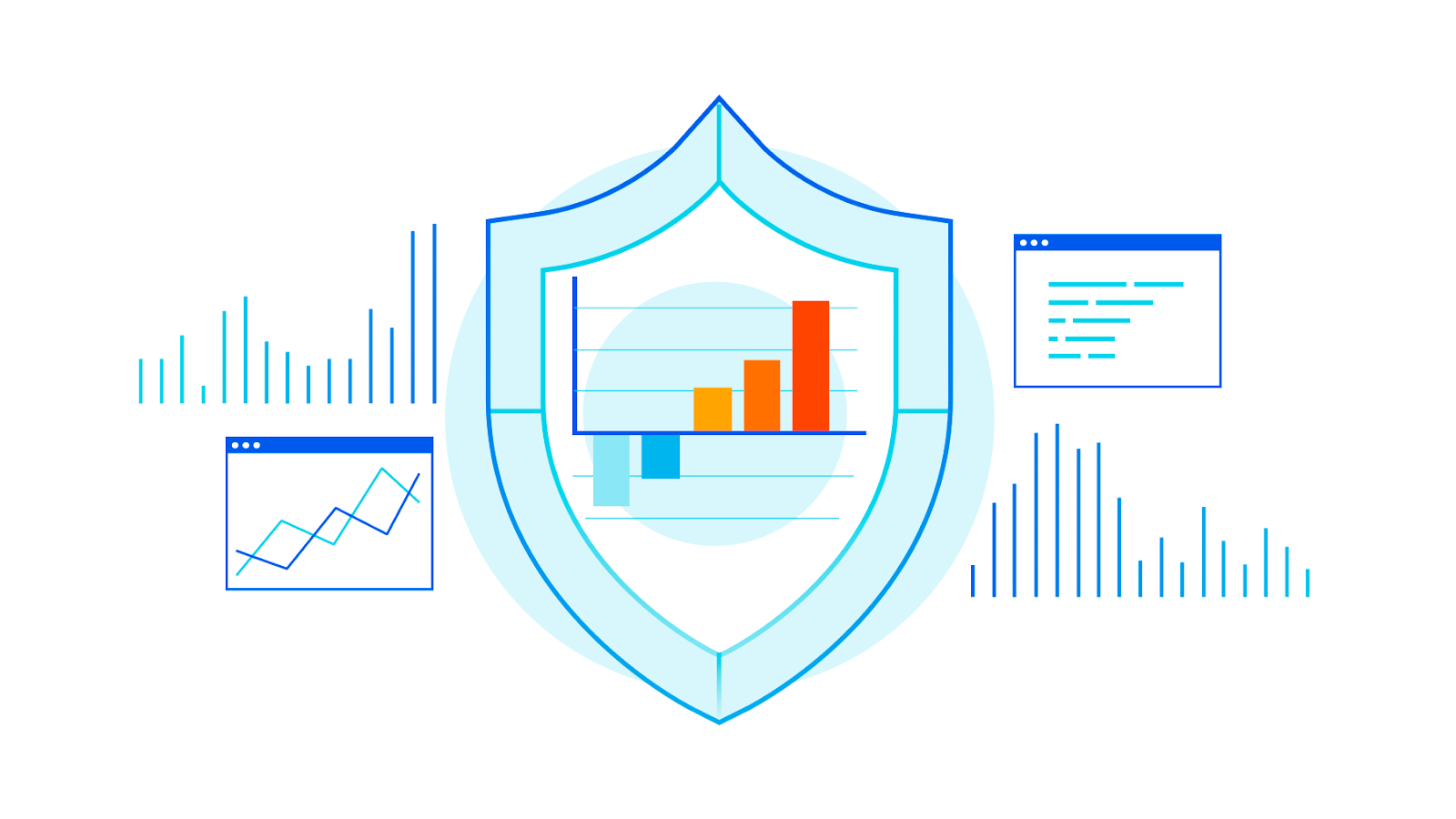

Welcome to our DDoS Threat Report for the fourth and final quarter of 2022. This report includes insights and trends about the DDoS threat landscape - as observed across Cloudflare’s global network.
In the last quarter of the year, as billions around the world celebrated holidays and events such as Thanksgiving, Christmas, Hanukkah, Black Friday, Singles’ Day, and New Year, DDoS attacks persisted and even increased in size, frequency, and sophistication whilst attempting to disrupt our way of life.
Cloudflare’s automated DDoS defenses stood firm and mitigated millions of attacks in the last quarter alone. We’ve taken all of those attacks, aggregated, analyzed, and prepared the bottom lines to help you better understand the threat landscape.
Global DDoS insights
In the last quarter of the year, despite a year-long decline, the amount of HTTP DDoS attack traffic still increased by 79% YoY. While most of these attacks were small, Cloudflare constantly saw terabit-strong attacks, DDoS attacks in the hundreds of millions of packets per second, and HTTP DDoS attacks peaking in the tens of millions of requests per second launched by sophisticated botnets.
- Volumetric attacks surged; the number of attacks exceeding rates of 100 gigabits per second (Gbps) grew by Continue reading
Weave your own global, private, virtual Zero Trust network on Cloudflare with WARP-to-WARP


Millions of users rely on Cloudflare WARP to connect to the Internet through Cloudflare’s network. Individuals download the mobile or desktop application and rely on the Wireguard-based tunnel to make their browser faster and more private. Thousands of enterprises trust Cloudflare WARP to connect employees to our Secure Web Gateway and other Zero Trust services as they navigate the Internet.
We’ve heard from both groups of users that they also want to connect to other devices running WARP. Teams can build a private network on Cloudflare’s network today by connecting WARP on one side to a Cloudflare Tunnel, GRE tunnels, or IPSec tunnels on the other end. However, what if both devices already run WARP?
Starting today, we’re excited to make it even easier to build a network on Cloudflare with the launch of WARP-to-WARP connectivity. With a single click, any device running WARP in your organization can reach any other device running WARP. Developers can connect to a teammate's machine to test a web server. Administrators can reach employee devices to troubleshoot issues. The feature works with our existing private network on-ramps, like the tunnel options listed above. All with Zero Trust rules built in.
Introducing Digital Experience Monitoring

This post is also available in 简体中文, 日本語, Français and Español.

Today, organizations of all shapes and sizes lack visibility and insight into the digital experiences of their end-users. This often leaves IT and network administrators feeling vulnerable to issues beyond their control which hinder productivity across their organization. When issues inevitably arise, teams are left with a finger-pointing exercise. They’re unsure if the root cause lies within the first, middle or last mile and are forced to file a ticket for the respective owners of each. Ideally, each team sprints into investigation to find the needle in the haystack. However, once each side has exhausted all resources, they once again finger point upstream. To help solve this problem, we’re building a new product, Digital Experience Monitoring, which will enable administrators to pinpoint and resolve issues impacting end-user connectivity and performance.
To get started, sign up to receive early access. If you’re interested in learning more about how it works and what else we will be launching in the near future, keep scrolling.
Our vision
Over the last year, we’ve received an overwhelming amount of feedback that users want to see the intelligence that Cloudflare possesses from our Continue reading
Cloudflare is faster than Zscaler


Every Innovation Week, Cloudflare looks at our network’s performance versus our competitors. In past weeks, we’ve focused on how much faster we are compared to reverse proxies like Akamai, or platforms that sell edge compute that compares to our Supercloud, like Fastly and AWS. For CIO Week, we want to show you how our network stacks up against competitors that offer forward proxy services. These products are part of our Zero Trust platform, which helps secure applications and Internet experiences out to the public Internet, as opposed to our reverse proxy which protects your websites from outside users.
We’ve run a series of tests comparing our Zero Trust services with Zscaler. We’ve compared our ZT Application protection product Cloudflare Access against Zscaler Private Access (ZPA). We’ve compared our Secure Web Gateway, Cloudflare Gateway, against Zscaler Internet Access (ZIA), and finally our Remote Browser Isolation product, Cloudflare Browser Isolation, against Zscaler Cloud Browser Isolation. We’ve found that Cloudflare Gateway is 58% faster than ZIA in our tests, Cloudflare Access is 38% faster than ZPA worldwide, and Cloudflare Browser Isolation is 45% faster than Zscaler Cloud Browser Isolation worldwide. For each of these tests, we used 95th percentile Time to First Byte Continue reading
Bring your own certificates to Cloudflare Gateway


Today, we’re announcing support for customer provided certificates to give flexibility and ease of deployment options when using Cloudflare’s Zero Trust platform. Using custom certificates, IT and Security administrators can now “bring-their-own” certificates instead of being required to use a Cloudflare-provided certificate to apply HTTP, DNS, CASB, DLP, RBI and other filtering policies.
The new custom certificate approach will exist alongside the method Cloudflare Zero Trust administrators are already used to: installing Cloudflare’s own certificate to enable traffic inspection and forward proxy controls. Both approaches have advantages, but providing them both enables organizations to find the path to security modernization that makes the most sense for them.
Custom user side certificates
When deploying new security services, organizations may prefer to use their own custom certificates for a few common reasons. Some value the privacy of controlling which certificates are deployed. Others have already deployed custom certificates to their device fleet because they may bind user attributes to these certificates or use them for internal-only domains.
So, it can be easier and faster to apply additional security controls around what administrators have deployed already–versus installing additional certificates.
To get started using your own certificate first upload your root certificates via API Continue reading
Welcome to CIO Week 2023


When you are the Chief Information Officer (CIO), your systems need to just work. A quiet day when users go about their job without interruption is a celebration. When they do notice, something has probably fallen apart.
We understand. CIOs own some of an organization's most mission-critical challenges. Your security counterparts expect safety to be robust while your users want it to be unintrusive. Your sales team continues to open offices in new locations while those new hires need rapid connectivity to your applications. You own a budget that never seems to grow fast enough to match price increases from point solution vendors. On top of that, CIOs must support their organizations' shifts to new remote and hybrid work models, which means modernizing applications and infrastructure faster than ever before.
Today marks the start of CIO Week, our celebration of the work that you and your teams accomplish every day. We’ve assembled this week to showcase features, stories, and tools that you can use to continue to deliver on your mission while also improving the experience of your users and administrators. We’ve even included announcements to help on the budget front.
We’re doing this because we’ve been in the Continue reading
How Cloudflare can help stop malware before it reaches your app


Let’s assume you manage a job advert site. On a daily basis job-seekers will be uploading their CVs, cover letters and other supplementary documents to your servers. What if someone tried to upload malware instead?
Today we’re making your security team job easier by providing a file content scanning engine integrated with our Web Application Firewall (WAF), so that malicious files being uploaded by end users get blocked before they reach application servers.
Enter WAF Content Scanning.
If you are an enterprise customer, reach out to your account team to get access.
Making content scanning easy
At Cloudflare, we pride ourselves on making our products very easy to use. WAF Content Scanning was built with that goal in mind. The main requirement to use the Cloudflare WAF is that application traffic is proxying via the Cloudflare network. Once that is done, turning on Content Scanning requires a single API call.
Once on, the WAF will automatically detect any content being uploaded, and when found, scan it and provide the results for you to use when writing WAF Custom Rules or reviewing security analytics dashboards.
The entire process runs inline with your HTTP traffic and requires no change to your Continue reading
The state of HTTP in 2022
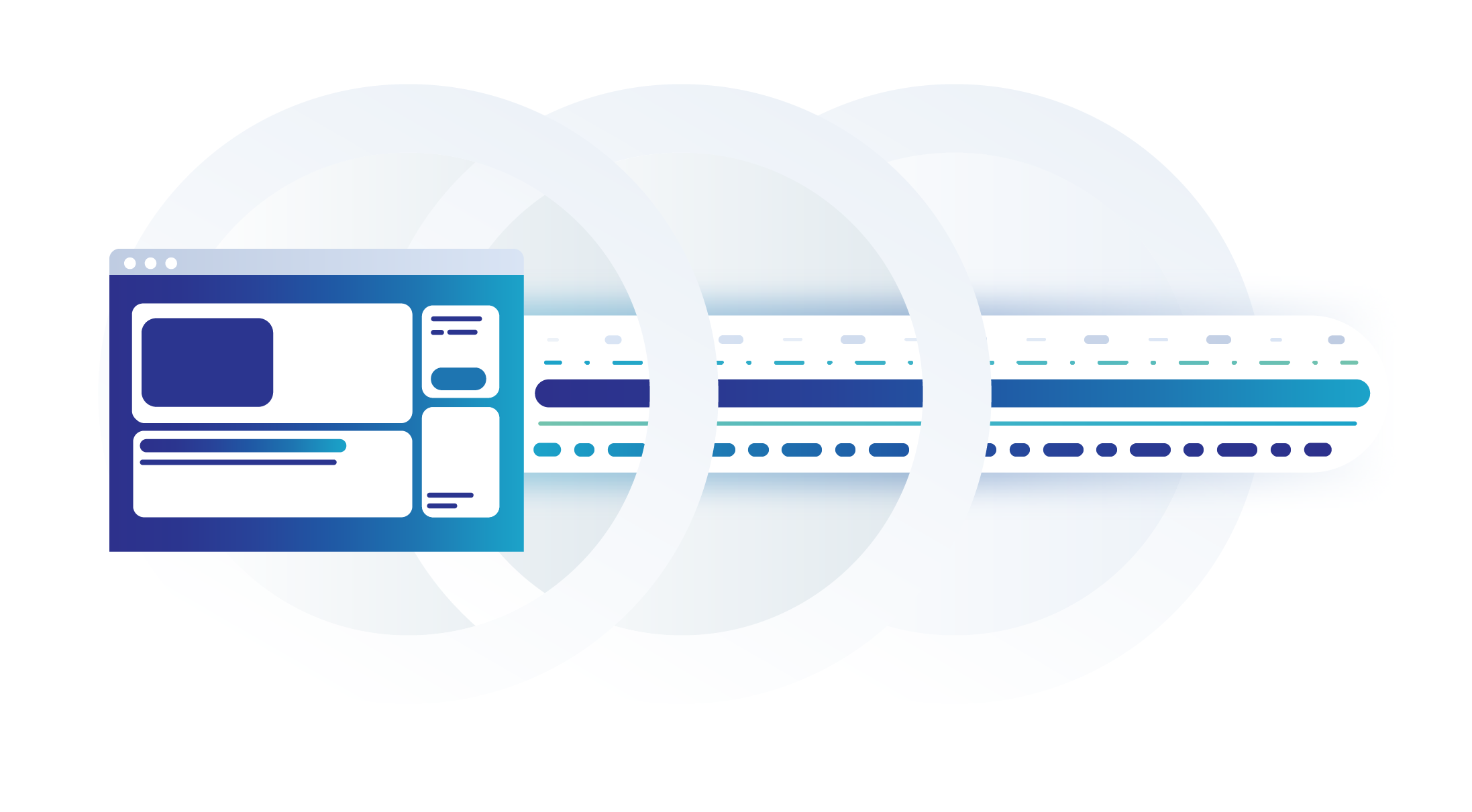
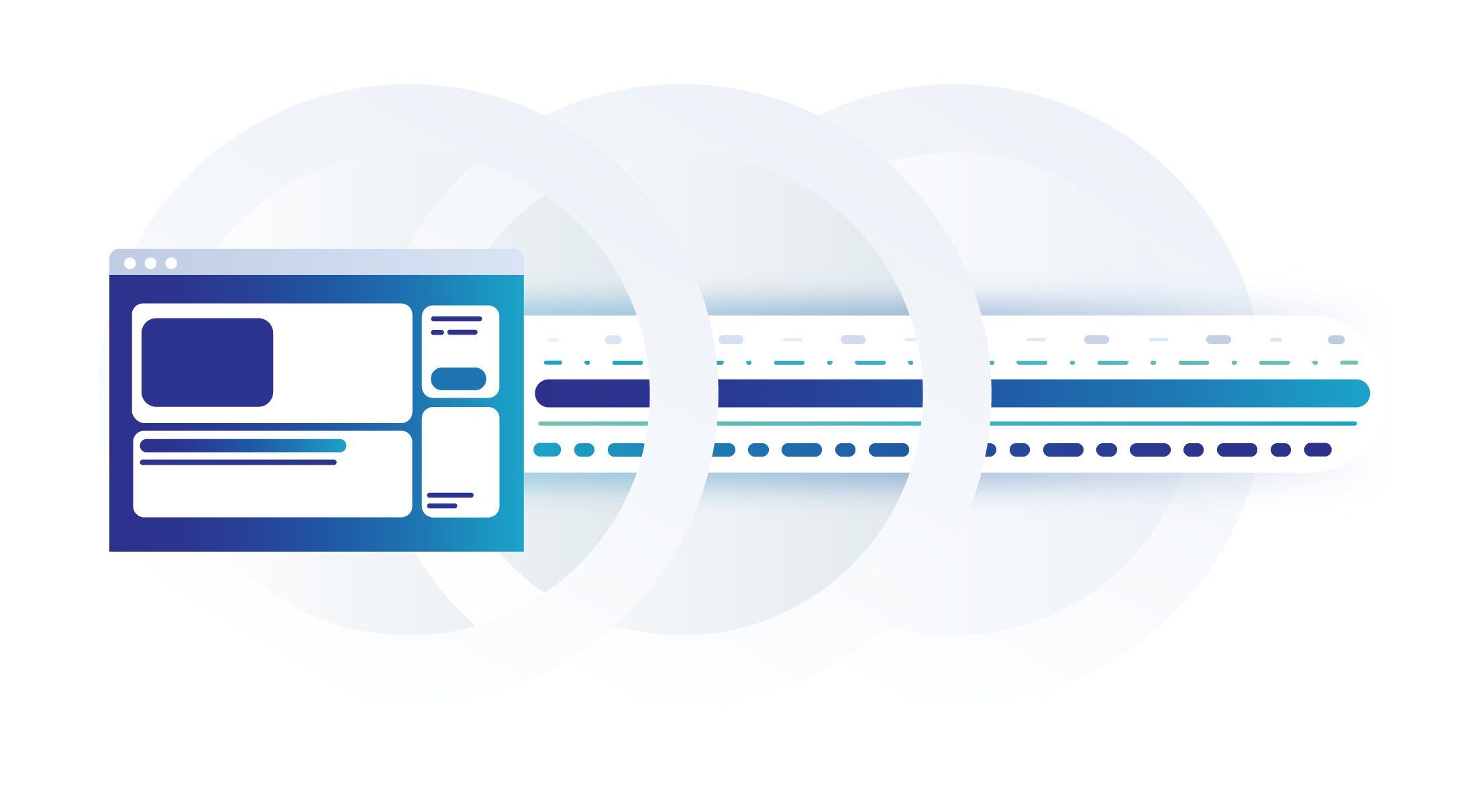
At over thirty years old, HTTP is still the foundation of the web and one of the Internet’s most popular protocols—not just for browsing, watching videos and listening to music, but also for apps, machine-to-machine communication, and even as a basis for building other protocols, forming what some refer to as a “second waist” in the classic Internet hourglass diagram.
What makes HTTP so successful? One answer is that it hits a “sweet spot” for most applications that need an application protocol. “Building Protocols with HTTP” (published in 2022 as a Best Current Practice RFC by the HTTP Working Group) argues that HTTP’s success can be attributed to factors like:
- familiarity by implementers, specifiers, administrators, developers, and users;
- availability of a variety of client, server, and proxy implementations;
- ease of use;
- availability of web browsers;
- reuse of existing mechanisms like authentication and encryption;
- presence of HTTP servers and clients in target deployments; and
- its ability to traverse firewalls.
Another important factor is the community of people using, implementing, and standardising HTTP. We work together to maintain and develop the protocol actively, to assure that it’s interoperable and meets today’s needs. Continue reading
Cloudflare Radar 2022 Year in Review


In 2022, with nearly five billion people around the world (as well as an untold number of “bots”) using the Internet, analyzing aggregate data about this usage can uncover some very interesting trends. To that end, we’re excited to present the Cloudflare Radar 2022 Year In Review, featuring interactive charts, graphs, and maps you can use to explore notable Internet trends observed throughout this past year. The Year In Review website is part of Cloudflare Radar, which celebrated its second birthday in September with the launch of Radar 2.0.
We have organized the trends we observed around three different topic areas: Traffic, Adoption, and Security. The content covered within each of these areas is described in more detail in their respective sections below. Building on the 2021 Year In Review, we have incorporated several additional metrics this year, and have also improved the underlying methodology. (As such, the charts are not directly comparable to develop insights into year-over-year changes.)
Website visualizations shown at a weekly granularity cover the period from January 2 through November 26, 2022 (the start of the first full week of the year through the end of the last full Continue reading
One of our most requested features is here: DNS record comments and tags
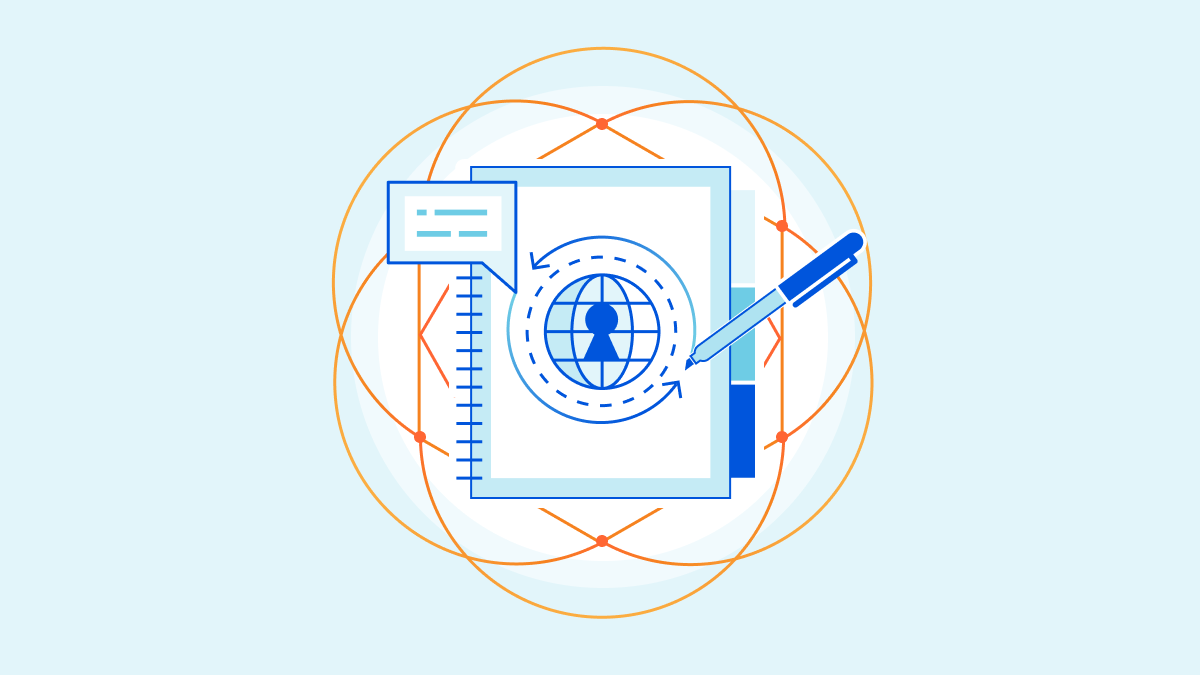

Starting today, we’re adding support on all zone plans to add custom comments on your DNS records. Users on the Pro, Business and Enterprise plan will also be able to tag DNS records.
DNS records are important
DNS records play an essential role when it comes to operating a website or a web application. In general, they are used to mapping human-readable hostnames to machine-readable information, most commonly IP addresses. Besides mapping hostnames to IP addresses they also fulfill many other use cases like:
- Ensuring emails can reach your inbox, by setting up MX records.
- Avoiding email spoofing and phishing by configuring SPF, DMARC and DKIM policies as TXT records.
- Validating a TLS certificate by adding a TXT (or CNAME) record.
- Specifying allowed certificate authorities that can issue certificates on behalf of your domain by creating a CAA record.
- Validating ownership of your domain for other web services (website hosting, email hosting, web storage, etc.) - usually by creating a TXT record.
- And many more.
With all these different use cases, it is easy to forget what a particular DNS record is for and it is not always possible to derive the purpose from the name, type and Continue reading
Closing out 2022 with our latest Impact Report


To conclude Impact Week, which has been filled with announcements about new initiatives and features that we are thrilled about, today we are publishing our 2022 Impact Report.
In short, the Impact Report is an annual summary highlighting how we are helping build a better Internet and the progress we are making on our environmental, social, and governance priorities. It is where we showcase successes from Cloudflare Impact programs, celebrate awards and recognitions, and explain our approach to fundamental values like transparency and privacy.
We believe that a better Internet is principled, for everyone, and sustainable; these are the three themes around which we constructed the report. The Impact Report also serves as our repository for disclosures consistent with our commitments for the Global Reporting Initiative (GRI), Sustainability Accounting Standards Board (SASB), and UN Global Compact (UNGC).
Check out the full report to:
- Explore how we are expanding the value and scope of our Cloudflare Impact programs
- Review our latest diversity statistics — and our newest employee resource group
- Understand how we are supporting humanitarian and human rights causes
- Read quick summaries of Impact Week announcements
- Examine how we calculate and validate emissions data
As fantastic as 2022 has Continue reading
Everything you might have missed during Cloudflare’s Impact Week 2022


And that’s a wrap! Impact Week 2022 has come to a close. Over the last week, Cloudflare announced new commitments in our mission to help build a better Internet, including delivering Zero Trust services for the most vulnerable voices and for critical infrastructure providers. We also announced new products and services, and shared technical deep dives.
Were you able to keep up with everything that was announced? Watch the Impact Week 2022 wrap-up video on Cloudflare TV, or read our recap below for anything you may have missed.
Product announcements
| Blog | Summary |
|---|---|
| Cloudflare Zero Trust for Project Galileo and the Athenian Project |
We are making the Cloudflare One Zero Trust suite available to teams that qualify for Project Galileo or Athenian at no cost. Cloudflare One includes the same Zero Trust security and connectivity solutions used by over 10,000 customers today to connect their users and safeguard their data. |
| Project Safekeeping – protecting the world’s most vulnerable infrastructure with Zero Trust | Under-resourced organizations that are vital to the basic functioning of our global communities (such as community hospitals, water treatment facilities, and local energy providers) face relentless cyber attacks, threatening basic needs for health, safety and security. Cloudflare’s mission Continue reading |